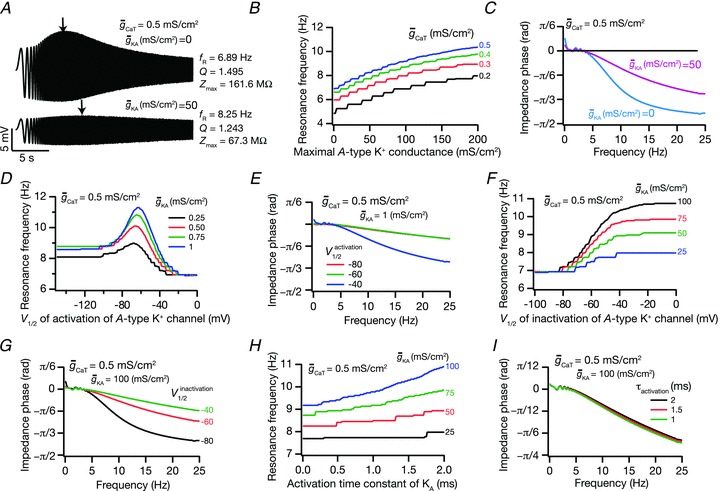Figure 5. Coexpressing the A conductance with the T conductance was analogous to the presence of leak channels in terms of modulating IRD measurements.

A, voltage traces in response to chirp stimulus in the presence of T conductance alone (upper trace), and in the presence of both T and A conductances (lower trace). B, plots showing fR as a function of maximal A conductance ( ), for various values of maximal T conductance (
), for various values of maximal T conductance ( ). C, impedance phase profiles (ZPP), derived from traces in A, in the presence of T conductance alone (
). C, impedance phase profiles (ZPP), derived from traces in A, in the presence of T conductance alone ( = 0), and in the presence of both T and A conductances (
= 0), and in the presence of both T and A conductances ( = 50 mS cm−2). D, plots showing fR as a function of half-maximal activation voltage of the A conductance, for various values of
= 50 mS cm−2). D, plots showing fR as a function of half-maximal activation voltage of the A conductance, for various values of  . E, ZPPs in the presence of both T and A conductances, for various values of the half-maximal activation voltage of the A conductance. F, plots showing fR as a function of half-maximal inactivation voltage of the A conductance, for various values of
. E, ZPPs in the presence of both T and A conductances, for various values of the half-maximal activation voltage of the A conductance. F, plots showing fR as a function of half-maximal inactivation voltage of the A conductance, for various values of  . G, ZPPs in the presence of both T and A conductances, for various values of the half-maximal inactivation voltage of the A conductance. H, plots showing fR as a function of the activation time constants of the A conductance, for various values of
. G, ZPPs in the presence of both T and A conductances, for various values of the half-maximal inactivation voltage of the A conductance. H, plots showing fR as a function of the activation time constants of the A conductance, for various values of  . I, ZPPs in the presence of both T and A conductances, for various values of the activation time constants of the A conductance. The same maximal T conductance (
. I, ZPPs in the presence of both T and A conductances, for various values of the activation time constants of the A conductance. The same maximal T conductance ( = 0.5 mS cm−2) was used for simulation results shown in D–I. Also see Fig. S15 and Table 6 for a complete analysis of the interactions of these two channels in determining neuronal IRD.
= 0.5 mS cm−2) was used for simulation results shown in D–I. Also see Fig. S15 and Table 6 for a complete analysis of the interactions of these two channels in determining neuronal IRD.
